We've gone Pink to help fight Breast Cancer.
Use code "BREAST" and we'll Donate $50 to National Breast Cancer Foundation
Main Menu
Petsy Breed Pages
The world’s most comprehensive information on the ...
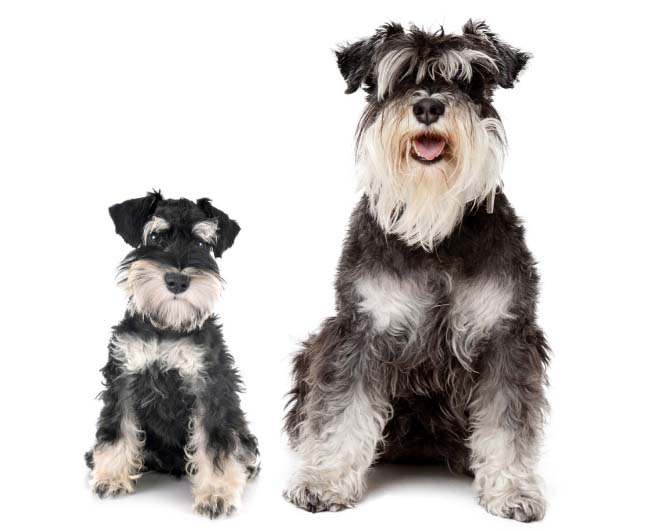
$1500.00 - $2200.00
Mittelschnauzer, Schnauzer, Wirehair Pinscher
Medium
Working Group
Medium
Extra high
Extra high
12 to 15 years

Would you like to know what it would cost to insure an Standard Schnauzer? Find out by getting a free quote, with petsy pet insurance.





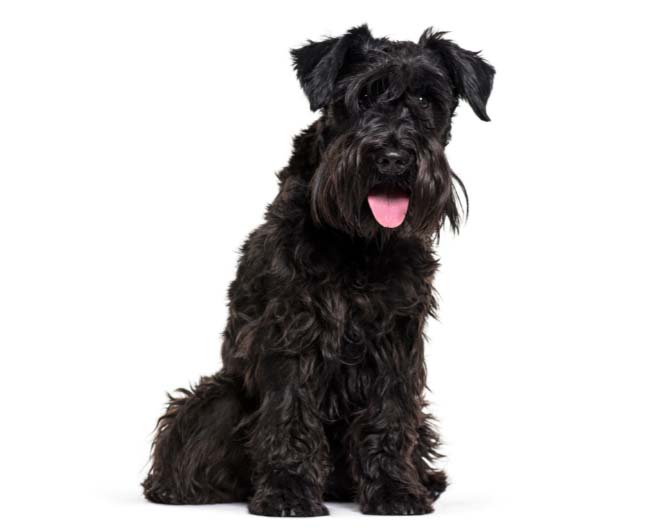
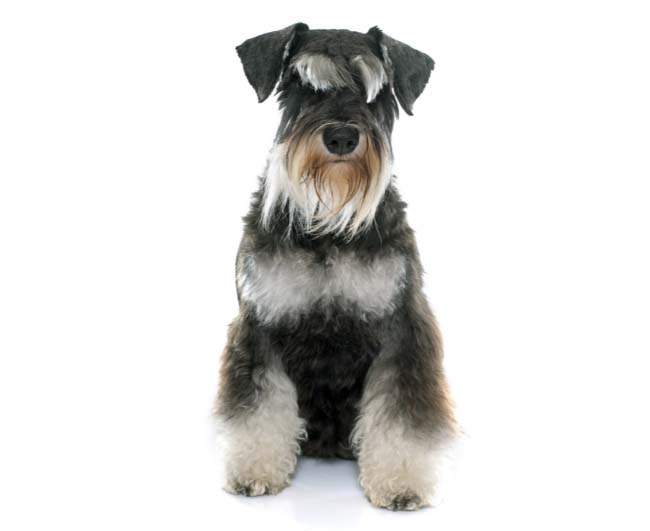

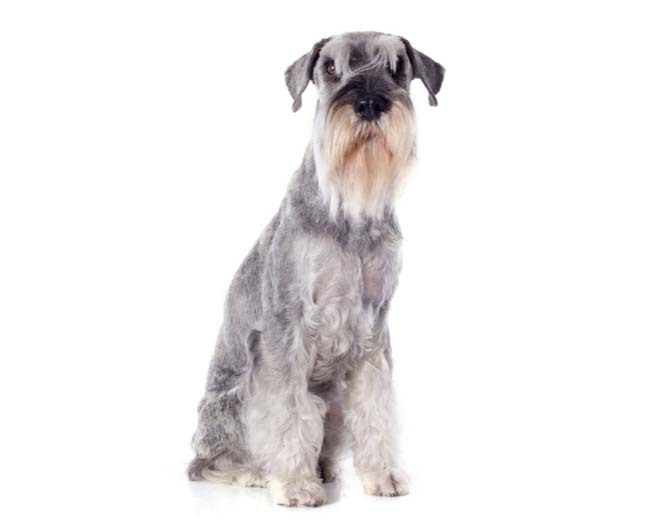
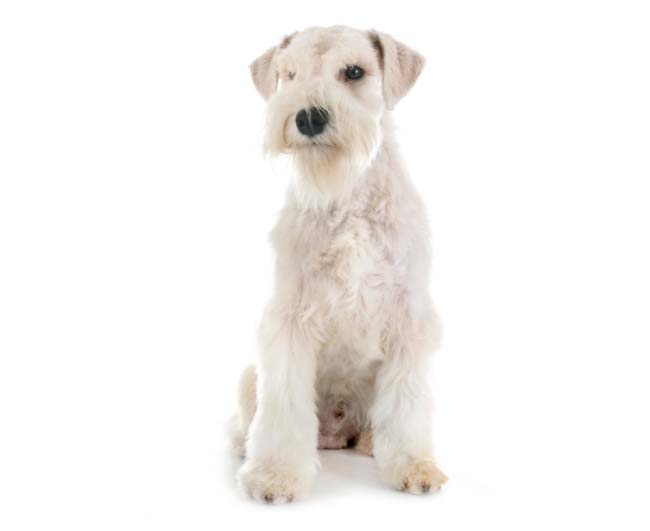

Standard Schnauzer come in a variety of colours, including Black and Silver, Black, Salt and Pepper, White, Black and Silver.


How much do
Standard Schnauzer eat?
1.00 to 1.50 cups of food a day

How much
exercise do they need?
30 to 40 Mins

Are they kid friendly? They make great playmates for older and respectful children

Do they need a lot of space? Since they are a small breed, Shih Poos do not take up a ton of space
Patellar Luxation
Legg-Perthes Disease
Hip Dysplasia
Heart murmurs
They are recommended to have 2 to 3 cups of high-quality dog food that will satisfy their needs. They are active dogs who will need more energy to keep with the demands of their activity. Treats can be an essential aid in training as well, but giving too many can cause obesity. Check with your vet if you have any concerns about your Standard Schnauzer's weight or diet. Clean, fresh water should be available at all times.
Standard Schnauzers have an outer coat that is dense and wiry. They shed very little. This makes them work well with dog owners who are low tolerance for fur. Occasional baths and weekly brushings with a horsehair mitt or de-shedding glove to remove dead hairs will help him stay in great shape.
It doesn't take so much effort to groom them. Their coat may be either trimmed with clippers or by stripping (a process by which the coat is thinned and shortened with a sharp, comb-like tool called a stripping knife) a mix of both.
Trim their nails once or twice a month if your dog doesn't wear them down naturally to prevent painful tears and other problems. Their ears should be checked weekly for redness or a bad odour, indicating an infection. Your careful weekly exam will help you spot potential health problems early.
Make grooming a pleasant experience for them, complete with encouragement and treats, and you'll be paving the way for simple vet assessments and other handling when they are older.
Standard Schnauzers require at least one hour of vigorous activity. They are high-energy dogs who need to be walked briskly three times a day for about 20 minutes each time. They thrive when they have a job to do and space to run as they love vigorous activities that can match their energy level and enthusiasm. Generally, they fit well with an active family and those that love playing with dogs.
Veterinary care is essential to maintain a dog's health and well-being, and the frequency of vet visits required will depend on the individual dog. Annual health checks are recommended to ensure they are healthy and happy throughout their different life stages. In these annual visits, your vet will complete a physical examination, take your dog's temperature, check his heartbeat and overall health.
Standard Schnauzers are excellent with children because they are both playful and tolerant. This breed is well-known for being an excellent companion who is devoted to their family members.
Standard Schnauzers are loyal and loving companions. They are eager to please their family, especially if they get along with you. This adorable dog adores attention!
The Standard Schnauzer is a highly intelligent, strong-willed, and high-spirited dog that is easy to train and obedient. They do, however, have an independent streak and will disregard commands if they do not feel like obeying. So, positive reinforcement and gentle corrections work better than harsh and strict methods when training them.
Standard Schnauzer generally loves and enjoys playing with other pets in the household. It will also make them easier to get engaged with new friends if they are trained to socialize at an early age or if they are raised with them from puppyhood. They like playing with their friends on a fenced park or at the park!
Here are some of the breeders who we work with as part of our breeder awareness program.
They are invested in ensuring the longevity of the breed and that new owner become responsible Affenpinchers owners.
Affenpinchers who are friends of Petsy
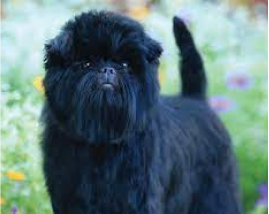
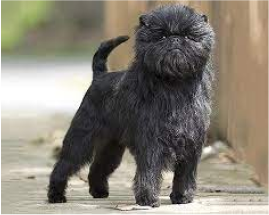
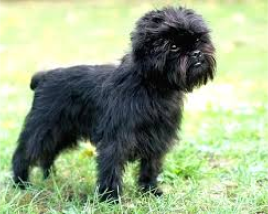
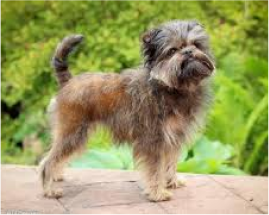
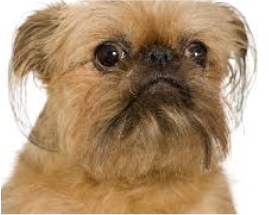
Enter your email in the form below and we will send you the full report as a pdf directly to your inbox.
Don’t worry, we hate spam too – read our privacy policy
Find the right level of insurance for your needs our customised quote takes less than a few minutes to complete.
They are recommended to have 2 to 3 cups of high-quality dog food that will satisfy their needs. They are active dogs who will need more energy to keep with the demands of their activity. Treats can be an essential aid in training as well, but giving too many can cause obesity. Check with your vet if you have any concerns about your Standard Schnauzer's weight or diet. Clean, fresh water should be available at all times.
Standard Schnauzers require at least one hour of vigorous activity. They are high-energy dogs who need to be walked briskly three times a day for about 20 minutes each time. They thrive when they have a job to do and space to run as they love vigorous activities that can match their energy level and enthusiasm. Generally, they fit well with an active family and those that love playing with dogs.
Standard Schnauzers are excellent with children because they are both playful and tolerant. This breed is well-known for being an excellent companion who is devoted to their family members.
Standard Schnauzers are loyal and loving companions. They are eager to please their family, especially if they get along with you. This adorable dog adores attention!
Standard Schnauzer generally loves and enjoys playing with other pets in the household. It will also make them easier to get engaged with new friends if they are trained to socialize at an early age or if they are raised with them from puppyhood. They like playing with their friends on a fenced park or at the park!
Suite 58, Mezzanine/388 George St, Sydney NSW 2000
Petsy Pty Ltd (ABN 54 633 343 058, AR 1277359) (‘Petsy’) distributes and promotes Petsy Pet Protection Plus (formally Petsy Pet Insurance), Petsy Puppy Protection Plus and Petsy Kitten Protection Plus as an authorised representative of Knose Financial Services Pty Ltd (ABN 38 620 795 735, AFSL 536651) trading as ThePetInsuranceCompany.com.au (‘ThePetInsuranceCompany.com.au’). ThePetInsuranceCompany.com.au is an underwriting agency acting under a binding authority as an agent for the insurer; Pacific International Insurance Pty Limited (ABN 83 169 311 193) (‘Pacific) in relation to Petsy Puppy Protection Plus and Petsy Kitten Protection Plus policies and Petsy Pet Protection Plus policies from 01 March 2023 or have an anniversary renewal date from 18 March 2023, and the Australia branch of Allied World Assurance Company, Ltd (ABN 54 163 304 907) (‘Allied World’) in relation to Petsy Pet Insurance policies purchased between 17 February 2022 and 28 February 2023 (inclusive) or renewed between 01 March 2023 and 17 March 2023 (inclusive). In all aspects of arranging this product, Petsy and ThePetInsuranceCompany.com.au act as an agent of Pacific/Allied World (as the case may be) and not as your agent. Any advice contained in this email is general advice only and has been prepared without taking into account individual objectives, financial situation or needs and you should consider the appropriateness of any such advice, the Product Disclosure Statement (‘PDS’) and the Target Market Determination (‘TMD’) available via http://www.petsy.com.au or by calling 1300 952 790 before making a decision to acquire, or to continue to hold, the product. Terms, conditions, limits and exclusions apply. Please refer to the PDS.
© Copyright 2024 Petsy Pet Insurance
During the application process You will be provided with the option to include Optional Extra Benefits that cover certain conditions and Treatments which are not otherwise covered under the Policy.
The Optional Extra Benefits are:
Alternative Therapies, Behavioural Problems, and Dental Illness.
Examples of Alternative Therapies: Acupuncture, physiotherapy, hydrotherapy
Examples of Behavioural Problems: Excessive licking, fur pulling, pacing and destructive
chewing.
Examples of Dental Illnesses: Dental diseases, gingivitis, periodontal disease.